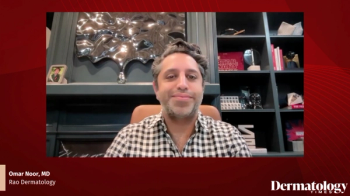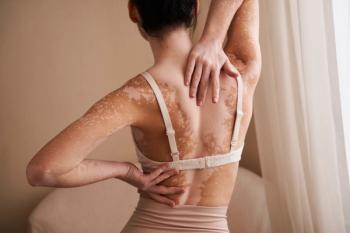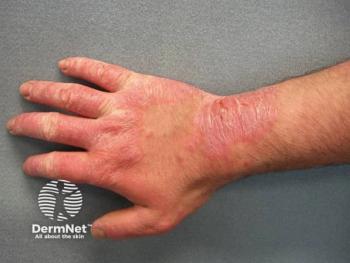
Treating Rosacea and Other Concerns with Generative Skin’s Ingredient Library
Key Takeaways
- Generative Skin uses AI to simulate skincare ingredient effects, enhancing patient understanding and engagement.
- The platform offers a library of ingredients with clinical backing, addressing six core skin concerns.
As a patient with rosacea herself, Anastasia Georgievskaya highlights the innovation of Generative Skin in patient education.
Generative Skin offers a comprehensive library of trendy and emerging skincare ingredients, backed by peer-reviewed clinical research. Visitors to the site can explore educational blogs, learn about 6 core skin concerns—including rosacea, acne, and hyperpigmentation—and try on ingredients like azelaic acid using AI-generated before-and-after imagery. This visual approach highlights ingredient efficacy and provides a much-needed bridge between clinical science and patient understanding.
Particularly relevant during Rosacea Awareness Month, Georgievskaya, who also lives with rosacea, emphasizes how empowering this tool can be for patients managing chronic conditions. For example, patients with rosacea often track flare-ups with personal photos, but may struggle to assess progress objectively. The portal offers a realistic, simulated view of how redness and inflammation may reduce over time with treatment. This helps patients distinguish between temporary changes and actual improvements, potentially reducing the emotional burden that often comes with visible, lifelong skin conditions.
“Just looking at your simulated photos with less redness or more redness can help in understanding that yes, it's a disease, but it's still okay and other people [also] have these concerns,” Georgievskaya said.
Generative Skin can also be used as a tool for managing expectations. By showing what changes can be realistically achieved over 2, 4, or 6 weeks, it helps users better understand timelines for visible results. This visual clarity can improve treatment adherence and support clinicians for the best possible long-term outcomes. Georgievskaya noted that patients are less likely to abandon a regimen prematurely when they understand that progress is gradual and personalized.
Newsletter
Like what you’re reading? Subscribe to Dermatology Times for weekly updates on therapies, innovations, and real-world practice tips.



















